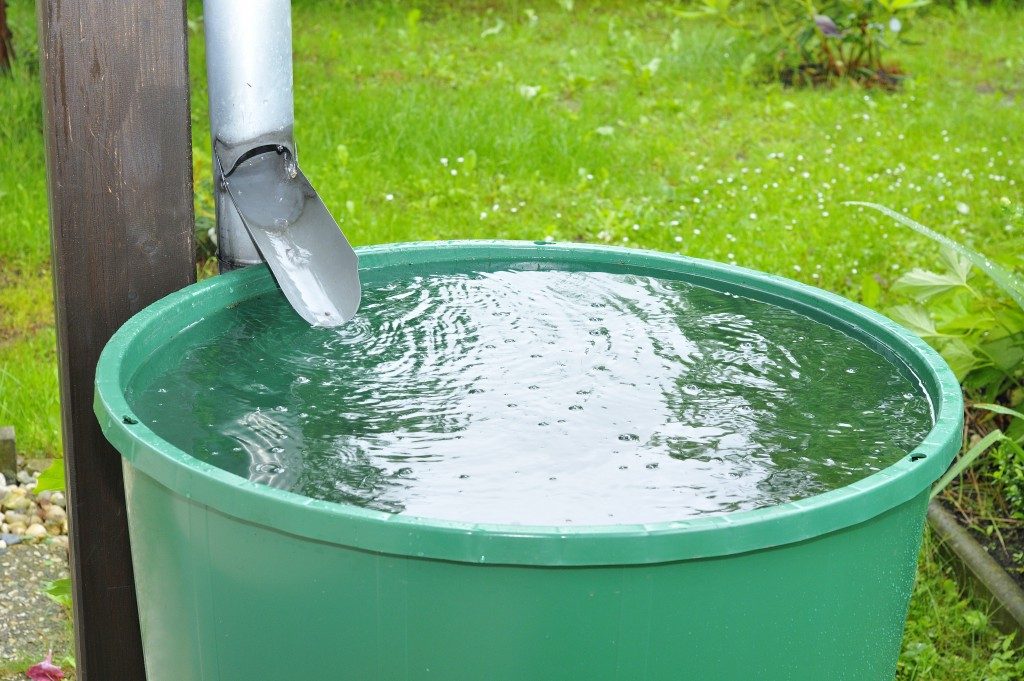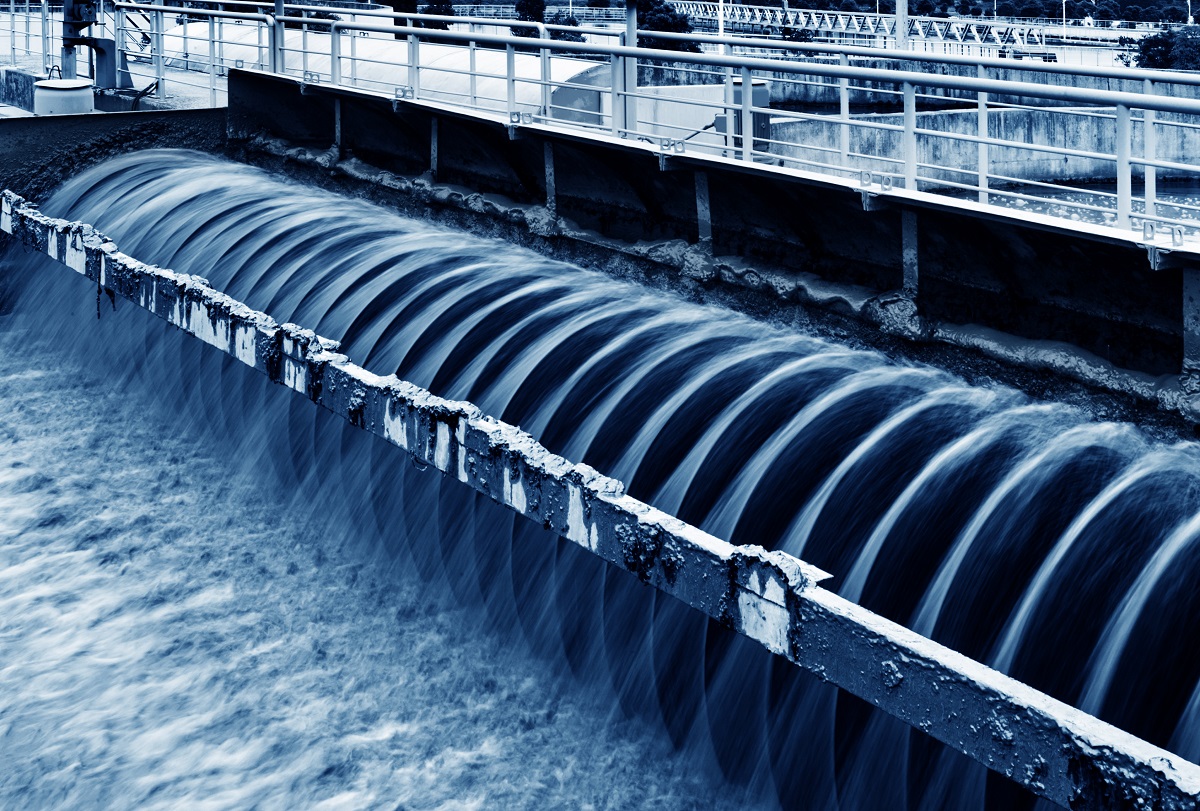The combined water levels at Queensland dams have fallen below 60%. Seqwater, the water operator for Southern Queensland, is planning to activate the Western Corridor Recycled Water Scheme once water levels fall below 40%, potentially adding 180 million litres of recycled water.
Strict Water Restrictions in Queensland
Parts of Queensland is under very strict water restrictions. Residents of Brisbane, Dayboro and Lockyer Valley have been advised to reduce their water consumption to 150 litres a day. At the same time, Southern Downs towns are on a stricter 80 litres a day restriction.
The Stormking Dam which supplies Stanthorpe is down to 12% capacity with only 230 megalitres. Warwick’s Leslie Dab is at an even more precarious situation, with its capacity only at 5% with only 5270 megalitres remaining.
Warwick and Stanthorpe residents are struggling with the restrictions. Warwick residents have reduced their consumption to 122 litres per person, and Stanthorpe residents have reduced their’s to 138 litres, well below the average 216 litres of daily use in Brisbane, but still short of the targeted 80-litre per person mark.
The government announced relief measures for Stanthorpe and trucks of water have already started providing residents with additional water.
Recycled Water Isn’t New
Seqwater’s plan to activate the Western Corridor Recycled Water Scheme and begin introducing recycled water into its supplies have been met with not so positive responses. However, recycling water is not new in Australia.
Perth’s Groundwater Replenishment Scheme has been operating since 2017, providing the city with more than 14 billion litres of recycled water each year. There have been no complaints regarding Perth’s water treatment and recycling plants.
And the city plans to double the amount of recycled water by building more treatment plants in the next few years. Queensland’s $2.6 billion treatment station has been in maintenance mode for the past years, only operating once water levels drop below 40%.
While water treatment stations primarily recycle water to replenish the water supply, they also ensure that minimal wastewater reaches the waterways.
Water Recycling and Treatment in Your Home

One way to get around strict restrictions and minimise wastewater is through water recycling and treatment systems. You can re-purpose water from your showers, faucets, and washers with a greywater system, instead of just sending them down the drains.
A greywater system collects and stores relatively clean water from your home (water used in cleaning food or washing the dishes aren’t included), which you can use to water your plants, clean your car, or wash your windows.
A separate wastewater treatment system will ensure that your house’s wastewater gets treated and processed to harmless levels through separation, filtration and aeration, before dispersing the now-treated water into the ground.
A greywater system will only cost you between $1,000 and $3,000, and a wastewater treatment system will cost a bit more.
Australia’s fires have been dominating the headlines, but the water crisis is every bit as dangerous. Both the Australian government and its citizens must take measures to limit water consumption and make use of water more efficiently.

